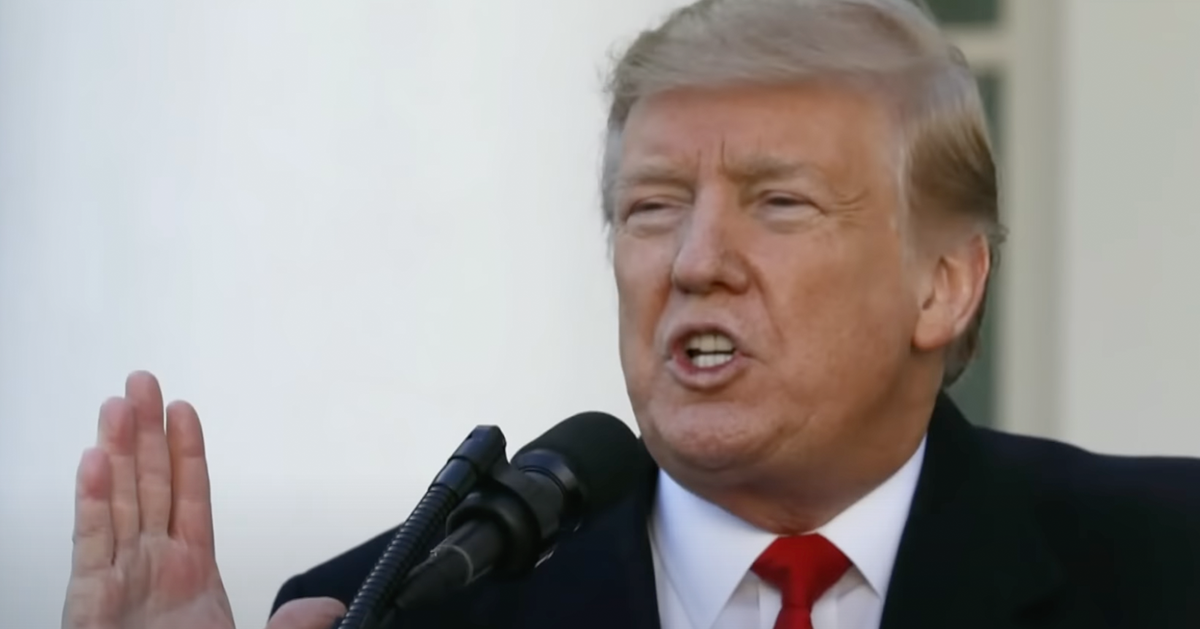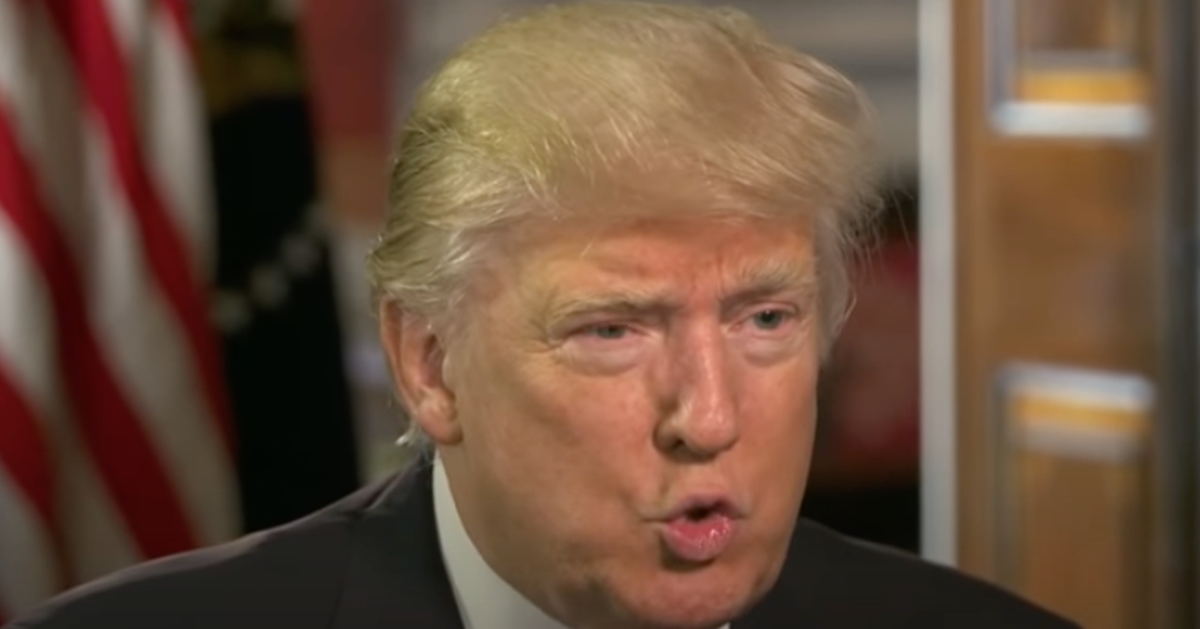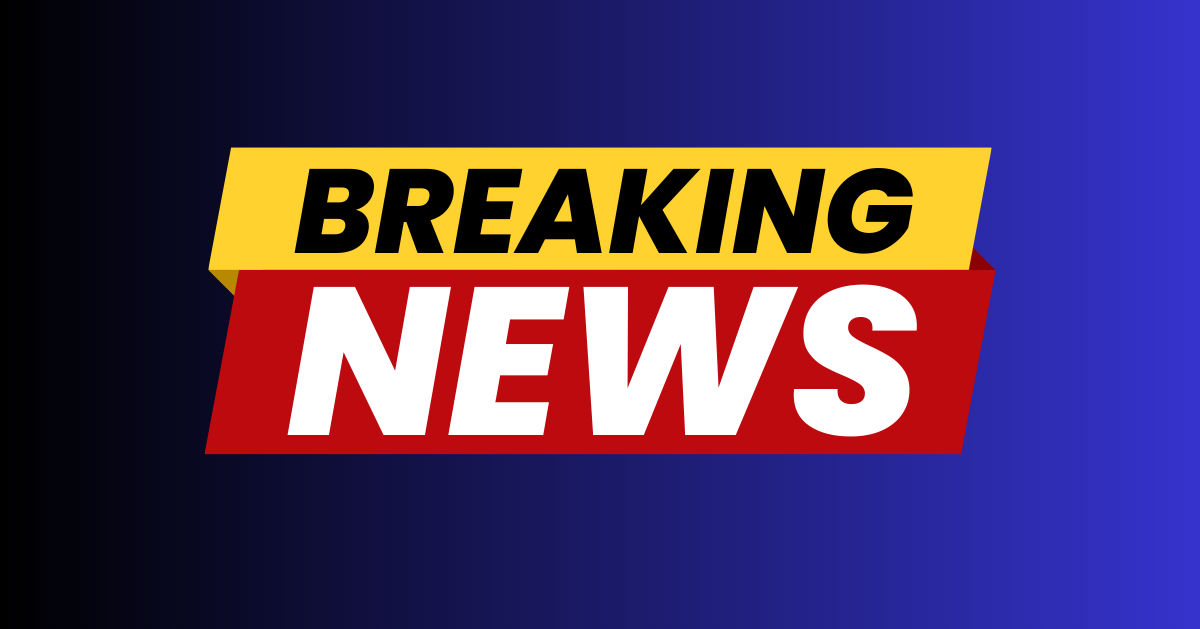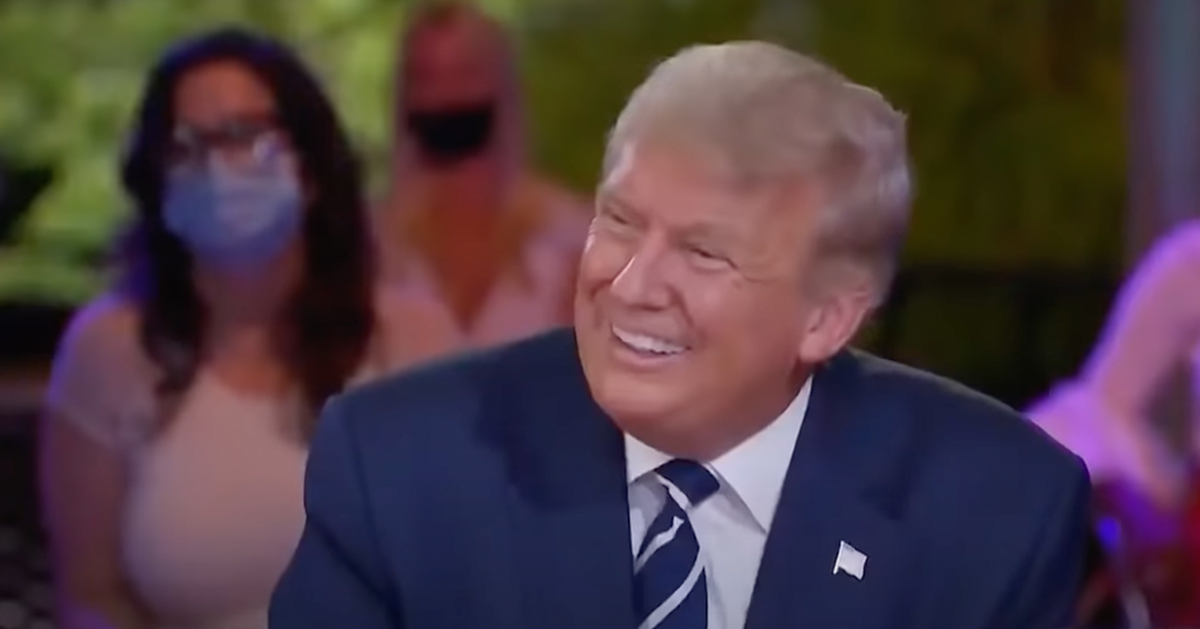Secret Service Director Ronald Rowe Concedes Security Breaches During Trump Rally
Acting Secret Service Director Ronald Rowe has publicly admitted to a significant security lapse during a recent rally in Pennsylvania, which led to an assassination attempt on Donald Trump's life that resulted in one fatality and serious injuries to two other individuals.
In a critical oversight now acknowledged by the Secret Service chief, an assailant fired from a rooftop that went unchecked during the rally, highlighting a glaring security failure flagged by a whistleblower, as Breitbart reports.
On July 13, during a political rally headlined by Trump, Thomas Matthew Crooks, operating from a nearby roof, managed to discharge a firearm multiple times.
The incident, which took place very close to the event's perimeter, led to immediate chaos and casualties.
Immediate Aftermath and Official Admission
Following the incident, Rowe held a press conference to address the failures in security protocol directly. He acknowledged that the Secret Service had not covered the roofline effectively, which allowed the shooter to take his position undetected and open fire on the crowd.
"This was a failure. We should have had better protection for the protectee," Rowe stated, expressing regret over the security arrangements. He emphasized the need for more comprehensive surveillance and coverage, especially near the rally's outer boundaries.
The inadequacy of the security measures was further highlighted during Rowe's testimony at a Senate hearing.
He confirmed that their counter-snipers did not spot Crooks until he had already started shooting, which was too late to prevent the tragedy.
Senate Scrutiny and Video Evidence
During a Senate hearing on the topic, Sen. John Kennedy (R-LA) probed deeper into the visibility issues concerning the shooter prior to the incident. Rowe’s response revealed a critical gap in surveillance, as he confirmed that the snipers did not see Crooks at all before he fired.
A video captured by one of the injured parties shows Crooks running across the roof, which became a piece of crucial evidence discussed in both the hearing and the press conference. The footage indicates that Crooks was visibly active before the incident, contradicting the initial surveillance reports.
Rowe commented on the need to revisit the FBI's timeline and chronology, which tracked Crooks' movements before the shooting. "As far as the timeline of him running back and forth, I know the FBI has provided a bit of a chronology as well. And so I’d have to go back and look at that," he noted, emphasizing the oversight.
Secret Service Commitment to Rectifying Errors
"We should have had better coverage on that roofline. We should have had at least some other set of eyes from the Secret Service point of view covering that. That building was very close to that outer perimeter. And we should have had more of a presence," Rowe explained, detailing the missteps in their operational planning.
Rowe's admissions have sparked a broader discussion about the need for enhanced security protocols at significant public events, especially those involving high-profile figures such as former presidents. The Secret Service is now reviewing its procedures to prevent such lapses in the future.
The incident and subsequent admissions by the Secret Service have led to a public outcry for increased accountability and improvements in the protection of public figures during large gatherings.
Conclusion and Reevaluation of Security Measures
The shooting incident at the Pennsylvania rally has brought to light serious deficiencies in the Secret Service's operational protocols. Rowe's admission of the agency's failure and his commitment to enhancing security measures reflect an urgent need to reassess and fortify security at all levels.
While the physical injuries sustained by the victims are healing, the psychological and operational scars will prompt a significant reevaluation of how protective services operate in dynamic public environments.
The Secret Service's future actions will be closely monitored to ensure such a failure is not repeated.
In conclusion, this incident serves as a stark reminder of the complexities involved in securing large-scale public events and the continuous need for vigilance, thorough planning, and rapid adaptability in security protocols.





